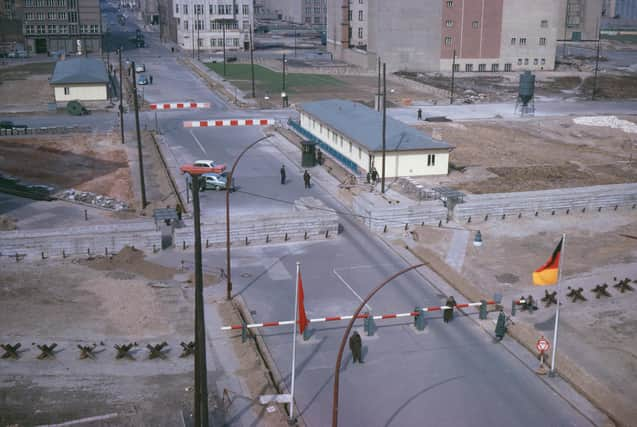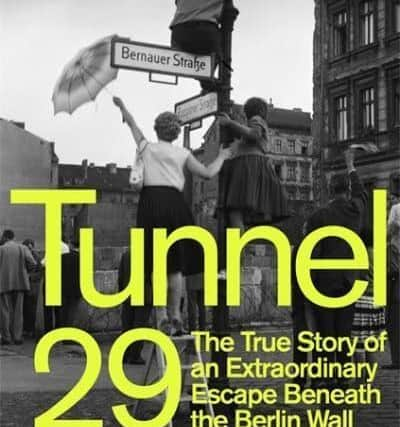Book review: Tunnel 29, by Helena Merriman


Berlin, September 1962. One year after the German Democratic Republic began constructing its concrete slab wall around West Berlin a group of young men, inspired and led by Joachim Rudolph, who himself had escaped to the West just 12 months earlier, are completing a tunnel underneath it.
Helena Merriman’s book is a tour de force. It is based on a strand of interviews with Rudolph, now into his eighties. We learn of his beginnings, his family ejected from their farm in 1945 by the advancing Red Army, his father abducted, his grandmother shot in the foot, before he finds refuge in Berlin with his mother and baby sister. He was barely into his twenties when he got to West Berlin and set about trying to help others to escape.
Advertisement
Hide AdThe book focuses on the tunnel, and the story is enhanced by the other strands that Merriman weaves in. Her chapters on the East German State Police, the Stasi, are breathtaking. Spies and informants were recruited on both sides of the border and divided into hierarchies. Some research estimates that there was one informant for every six people in the East. We’re told the East German joke: Why do Stasi officers make the best taxi drivers? Because when you get in their cab, they know your name and where you live.


One spy gets very close to discovering Tunnel 29. Rudolph fixes electric light and ventilation as the tunnel lengthens, but more resources are needed, and an American TV news company provides some cash. If this had been discovered it would have triggered a major international incident, but the secret was kept.
The chapters on the day of the escape are possibly the most suspenseful I have ever read, in fiction as well as nonfiction. Will the border police work out what’s happening? The escapees are given coded signals to wait in particular bars, and then another signal when they are to leave for a cellar below a tenement behind the Wall, just a few metres inside East Berlin. These lucky few are aged from four months to 80 years old. Two of the women are wearing their best dresses and high heels – not ideal for crawling through 145 metres of narrow tunnel, but no belongings could be taken.
On the western side, one of the diggers, Claus Stürmer, lifts from the tunnel the baby son he has never seen. Rudolph is the last to get out of his tunnel, having shepherded 29 people to freedom.
Tunnel 29: The True Story of an Extraordinary Escape Beneath the Berlin Wall, by Helena Merriman, Hodder & Stoughton, £20. Helena Merriman is appearing at the Edinburgh International Book Festival on 30 August
A message from the Editor
Thank you for reading this article. We're more reliant on your support than ever as the shift in consumer habits brought about by coronavirus impacts our advertisers.
If you haven't already, please consider supporting our trusted, fact-checked journalism by taking out a digital subscription at https://www.scotsman.com/subscriptions